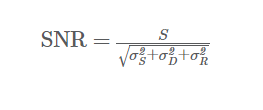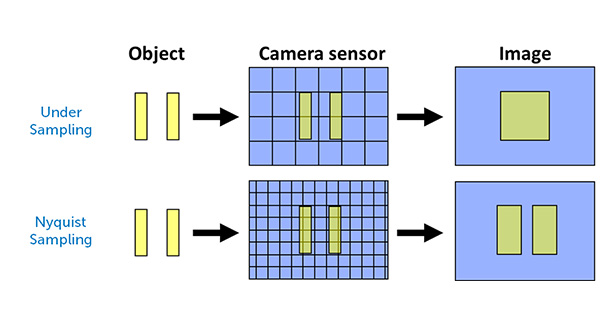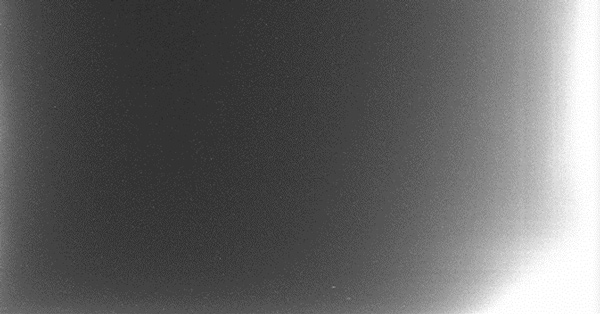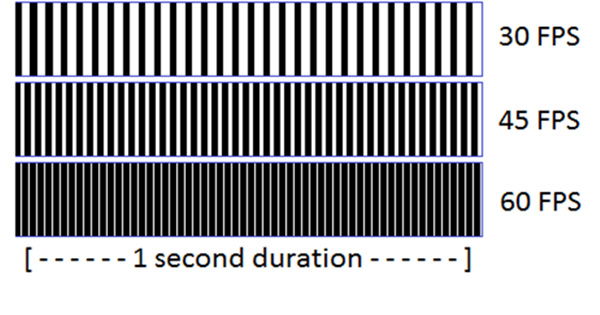Signal to Noise Ratio (SNR)
Introduction
Signal to noise ratio (SNR) is defined as the relationship between the signal and the noise generated within a pixel. If the sample signal is weak in comparison to the noise associated, it can be difficult to detect.
The signal of a pixel is the total number of detected photoelectrons in that pixel. A higher quantum efficiency or a larger pixel will result in a higher signal, due to a higher number of photoelectron counts.
Although it is often mistaken for the image background grey level, noise is actually the error associated with each measurement made by every pixel on the sensor. Noise is fundamental and unavoidable as it is, in part, due to the natural photon fluctuation within the system. Although it is unavoidable, it is best to minimize as much as possible to remove signal interference.
Having a SNR as high as possible ensures that signal is maximized in comparison to noise, with a higher SNR correlating to a better image. SNR also determines image contrast in such as way that the lower the SNR (relating to a smaller difference between the signal and noise), the more difficult it is to determine contrast differences.
Different techniques for analysis and imaging require different minimum SNR levels, with most applications that require sub nanometer resolution needing high SNR levels, and applications that utilize large, bright objects typically requiring much lower SNR.
SNR can be improved by controlling the surrounding environment to minimize any noise. This can be done by reducing the temperature of the camera, to minimize dark noise, or by altering the readout electronics to minimize read noise. When appropriate, using a lock-in amplifier can also enhance SNR. Lock-in amplifiers use a very narrow bandwidth to confine the signal via a filter system. This allows maximal signal to be detected while most of the broadband noise is removed.
How to calculate SNR
SNR is calculated by dividing the total detected number of photons by the total noise. This can be expressed as follows:
Where S is the total detected number of photons, σS is the photon shot noise, σD is the dark noise and σR is the read noise of the system. Photon shot noise is determined by natural photon fluctuation and is unavoidable. Dark noise is associated with the dark charge, which is any unwanted signal generated by thermal excitation. Read noise is any noise associated with the sensor's readout electronics and readout speed.
Use Our Signal To Noise Ratio Calculator


